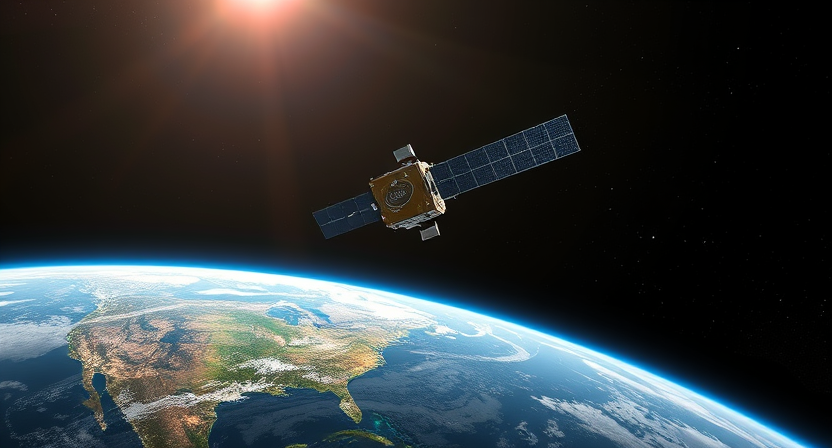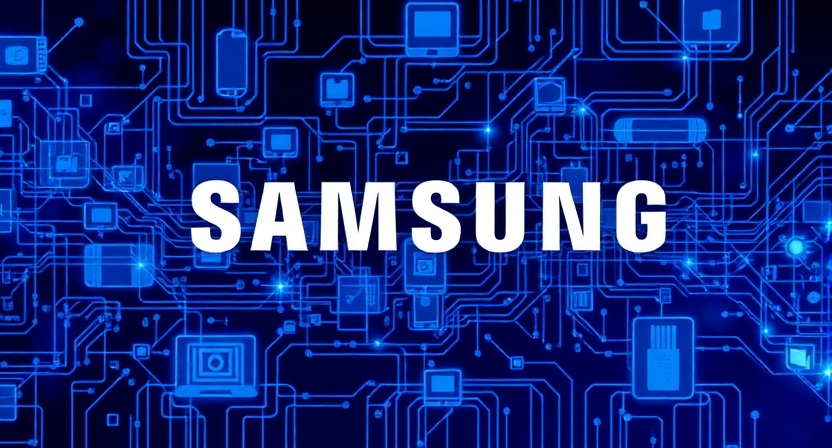Introduction to Satellite Direct-to-Cell Technology
Satellite direct-to-cell technology represents a significant leap forward in the landscape of global communications. This innovative technology enables mobile devices to connect directly to satellites, thereby facilitating cellular connectivity regardless of geographic constraints. Traditionally, cellular networks have relied on terrestrial towers and infrastructure, which can be limited by various factors such as physical obstacles, geographical remoteness, and rural terrains. However, satellite direct-to-cell technology effectively eliminates these barriers, allowing users to maintain connectivity even in the most isolated regions of the world.
As the world increasingly relies on mobile devices for communication, access to reliable phone service becomes essential for both personal and professional interactions. Remote areas, which have historically struggled with connectivity issues due to a lack of cellular towers, can significantly benefit from this technology. With satellite direct-to-cell capabilities, these underserved populations can finally access services like emergency communications, health consultations, and vital information sharing, thus bridging the digital divide.
Multiple advancements in satellite technology have made this capability feasible. Notable initiatives include Starlink, developed by SpaceX, which aims to provide global broadband coverage using a constellation of low Earth orbit satellites, and China’s Tiantong project, which is focused on enhancing mobile communications in urban and rural settings alike. Both projects illustrate the potential of satellite connectivity to improve communication infrastructure, not only enhancing connectivity but also driving economic growth in previously unserved or underserved areas.
In this context, satellite direct-to-cell technology stands out as a transformative solution, allowing users to access cellular services without reliance on traditional network configurations. This capability is poised to open new avenues for connectivity, creating opportunities for collaboration, commerce, and communication on a global scale.
Starlink’s Breakthrough and Milestones
Starlink, a satellite internet constellation developed by SpaceX, has made significant advancements in communication technology. The initiative aims to provide high-speed internet access across the globe, particularly in underserved and remote regions. A notable milestone in Starlink’s evolution was the successful transmission of the first text message between Earth and space on January 8, 2024. This achievement marked a groundbreaking step in integrating direct-to-cell capabilities into satellite communications, highlighting the potential for wider and more reliable connectivity.
The technology behind Starlink’s direct-to-cell communications lies in its unique low-earth orbit (LEO) satellite configuration. Unlike traditional geostationary satellites, which operate at altitudes exceeding 35,000 kilometers, Starlink satellites orbit significantly closer to the Earth, at altitudes ranging from approximately 340 kilometers to 1,200 kilometers. This lower altitude results in reduced latency and enables faster data transmission speeds, crucial for various applications such as telemedicine, global commerce, and emergency communication systems.
Furthermore, the direct-to-cell technology developed by Starlink necessitates an extensive constellation of satellites to ensure continuous coverage. Currently, Starlink operates thousands of satellites in orbit, and it continues to expand its fleet. This strategic deployment allows for comprehensive coverage across vast geographical areas while addressing potential obstructions, such as buildings and terrain. Such advancements not only expand access but also facilitate a seamless user experience by maintaining consistent connectivity, even in challenging environments.
Overall, Starlink’s innovative approach to satellite communications has laid the groundwork for a more interconnected world. Moving forward, the integration of direct-to-cell capabilities represents a significant leap in technology, promising to redefine the landscape of communication by delivering high-speed internet services to users directly, even in the most remote locations.
China’s Tiantong Project: Innovations and Achievements
The Tiantong satellite project, developed by China Telecom and Huawei, has emerged as a significant milestone in integrating satellite technology into mainstream communication networks. Launched in recent years, the project aims to create smartphones capable of utilizing direct satellite connections, allowing for voice calls and messaging without relying on traditional cellular infrastructure. This revolutionary technology represents not only a technical achievement but also a strategic move to enhance communication capabilities in remote and disaster-prone areas.
One of the core innovations of the Tiantong project is the development of a specialized chipset that enables smartphones to establish direct communication with orbiting satellites. This chipset is designed to be compatible with existing cellular networks, allowing devices to seamlessly switch between satellite and terrestrial connections, thereby optimizing user experience. The smartphones developed under the Tiantong initiative are engineered to incorporate rugged designs, making them resilient against environmental challenges, an essential feature for users in emergency situations.
The capability of direct satellite communication becomes particularly crucial during disasters, as evidenced by the lessons learned from the 2008 Sichuan earthquake. When traditional communication networks were severely disrupted, many individuals struggled to reach emergency services or loved ones. The stable satellite network established by the Tiantong project offers a solution to this issue, ensuring reliable communication is maintained even when terrestrial networks fail. This innovation holds promise not only for emergency responses but also for enhancing overall connectivity in rural areas where traditional cellular service may be limited.
Through continuous research and development, the Tiantong project symbolizes the efforts of China to position itself as a leader in satellite communications technology. As advancements are made, it is anticipated that the reach and reliability of communication will grow, benefiting both urban centers and remote areas across the nation.
Comparative Analysis: Starlink vs. Tiantong
The advancement of communication technologies has seen the emergence of satellite systems such as Starlink and Tiantong, each presenting distinct characteristics and operational methodologies. Starlink, developed by SpaceX, operates a large constellation of low Earth orbit (LEO) satellites. This positioning allows for reduced latency and enhanced data transfer speeds, which is particularly advantageous for applications requiring real-time communication and streaming. In contrast, Tiantong utilizes geostationary orbital satellites, which maintain a fixed position relative to the Earth’s surface. While this facilitates wider coverage, the associated latency can hinder performance in latency-sensitive applications.
When investigating the communication protocols employed, Starlink has adopted advanced phased array antennas and low-frequency bands, optimizing data transmission rates and facilitating seamless connection across varied geographical landscapes. Tiantong, on the other hand, primarily utilizes traditional communication protocols, including but not limited to, S-band and C-band frequencies, aimed at providing stable mobile service, particularly in urban and semi-urban environments. This divergence impacts not only the speed but also the reliability of connections, especially in adverse weather conditions.
Coverage is another critical point of distinction. Starlink’s extensive satellite network provides global coverage, allowing it to serve remote areas inadequately addressed by traditional terrestrial networks. Tiantong, while providing broader regional coverage, particularly emphasizes emergency communications within predetermined areas. Consequently, it becomes a vital resource during crises, enabling reliable connectivity when conventional networks are disrupted. However, Starlink’s rapid deployment capabilities through its LEO satellites may also prove beneficial in emergency scenarios.
In assessing the advantages and limitations of these two satellite systems, it becomes clear that each has unique strengths. Starlink excels in speed and global reach, whereas Tiantong offers reliability and established mobile communication protocols. Understanding these nuances is essential when considering their broader impacts on the future of mobile communication, potentially shaping how we connect in a digitally driven landscape.
Source: ST Daily



